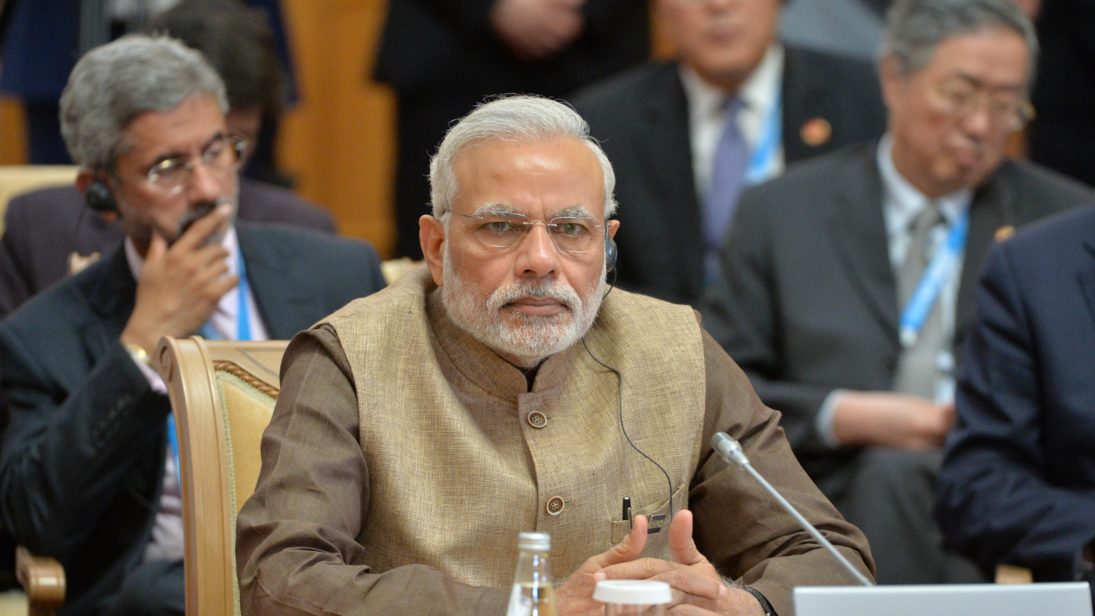
Despite the agreement on the need for the two countries to engage with each other, there is a difficult question that remains unanswered.
Who should India engage with?
The more important and possibly more difficult question is “Who does India speak to within Pakistan?” Does it seek to engage the civilian leadership in Islamabad or should it accept the ground reality and engage with the real center of power in Rawalpindi?
The choice is not a simple one. Engaging with the generals would mean reinforcing the commonly held perception and result in the weakening of the elected civilian leadership. In the longer run, the move could prove counterproductive given the impact that it will have on the democratic forces which are consolidating their base following the recent elections.
The debate within Pakistan over granting the Most Favoured Nation (MFN)/ Non-Discriminatory Market Access (NDMA) status to India made it clear that it is the military which calls the shots on any India-related matter. Thus, despite all the talk about a change in heart and focus, the Pakistan Army continues to be India-centric and not much has changed in Rawalpindi’s mindset towards India. The recent statement about Kashmir by Pak Army Chief Raheel Sharif only underlines this point.
While the new Indian government has chosen to engage the civilian leadership, India is posed with a somewhat of a quandry. Engaging with the civilian leadership is unlikely to result in any headway as it is the generals who have the final say in these matters. On the other hand, talking to the men in khaki might also not get anywhere especially given their disposition towards India. The negative impact on the fledging democratic institutions in Pakistan would be an additional variable to consider.
India cannot obviously afford to choose one constituency over the other. Thus the best way forward would be to follow a policy of ‘different horses for different courses.’ It might be wise to engage the civilian leadership on ‘softer’ issues like visa regime liberalisation, increasing people to people contact. The civilian leadership would be in a position to deliver on such issues without running afoul with the generals. On the other hand, New Delhi should also consider engaging the military leadership on the ‘hard’ security issues despite their predispositions. At the same time, it is important for India to continue work on securing its interests. Such actions should be independent and not tied to the result of its dialogue with either Islamabad or Rawalpindi.
Will India and Pakistan ever square this circle? Will the situation ever change? I am optimistic but also cognizant of the fact that any change will be gradual and will take time. One is reminded of what Plato wrote, “Things are not always what they seem.” But in the context of India Pakistan relations one wonders whether that holds true? Should one modify the statement to read, “Things are always not what they seem.”
Arun Vishwanathan is Assistant Professor, International Strategic and Security Studies Programme, National Institute of Advanced Studies, Bangalore. He can be reached via email at arun_summerhill[at]yahoo[dot]com. Arun tweets @ArunVish_
***